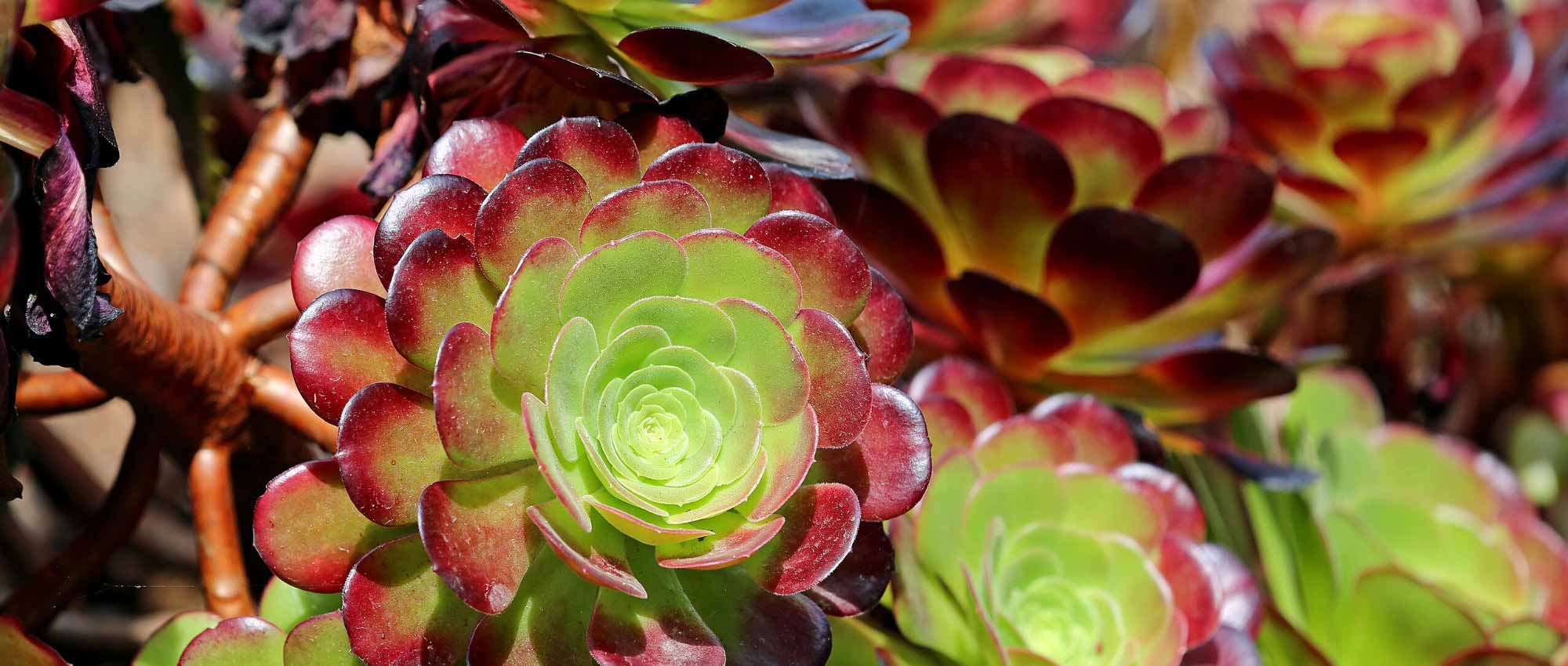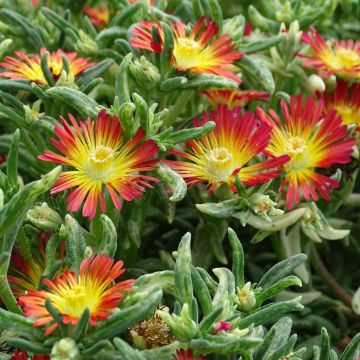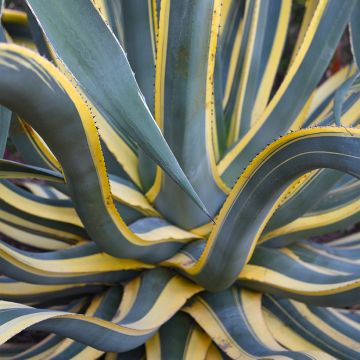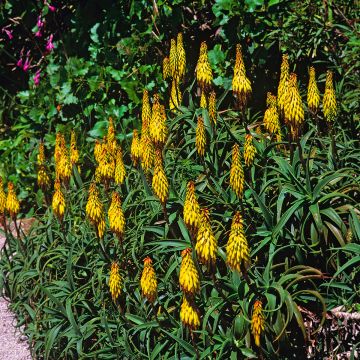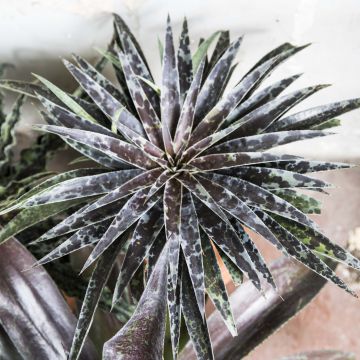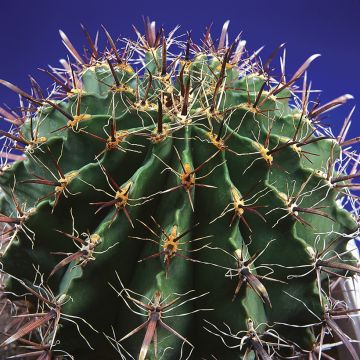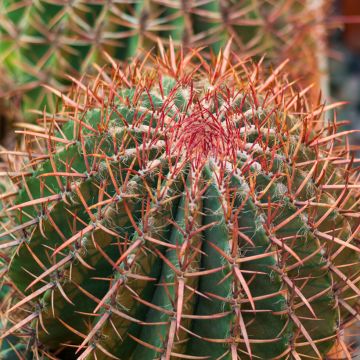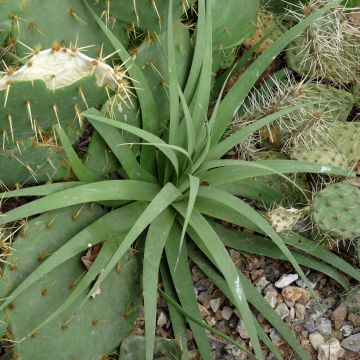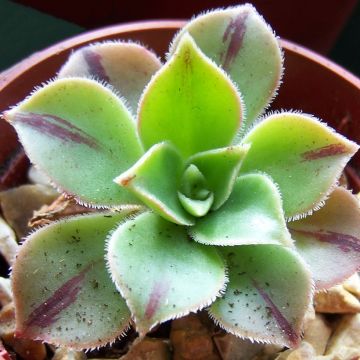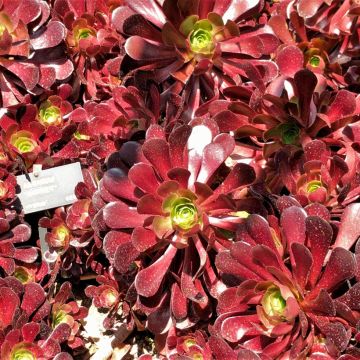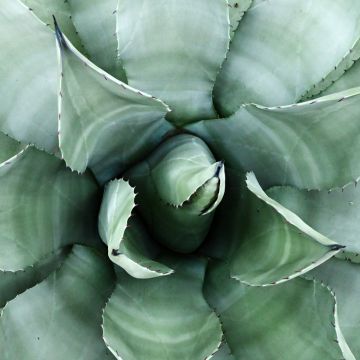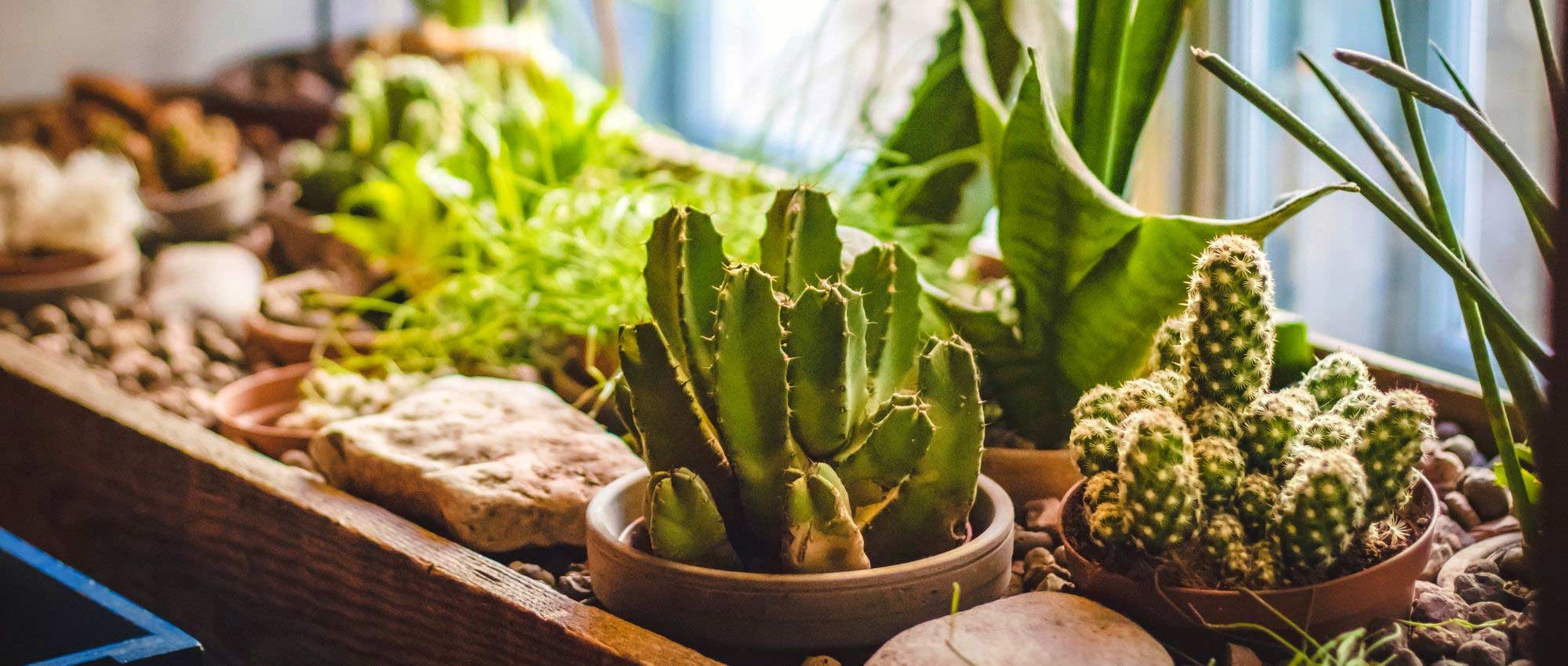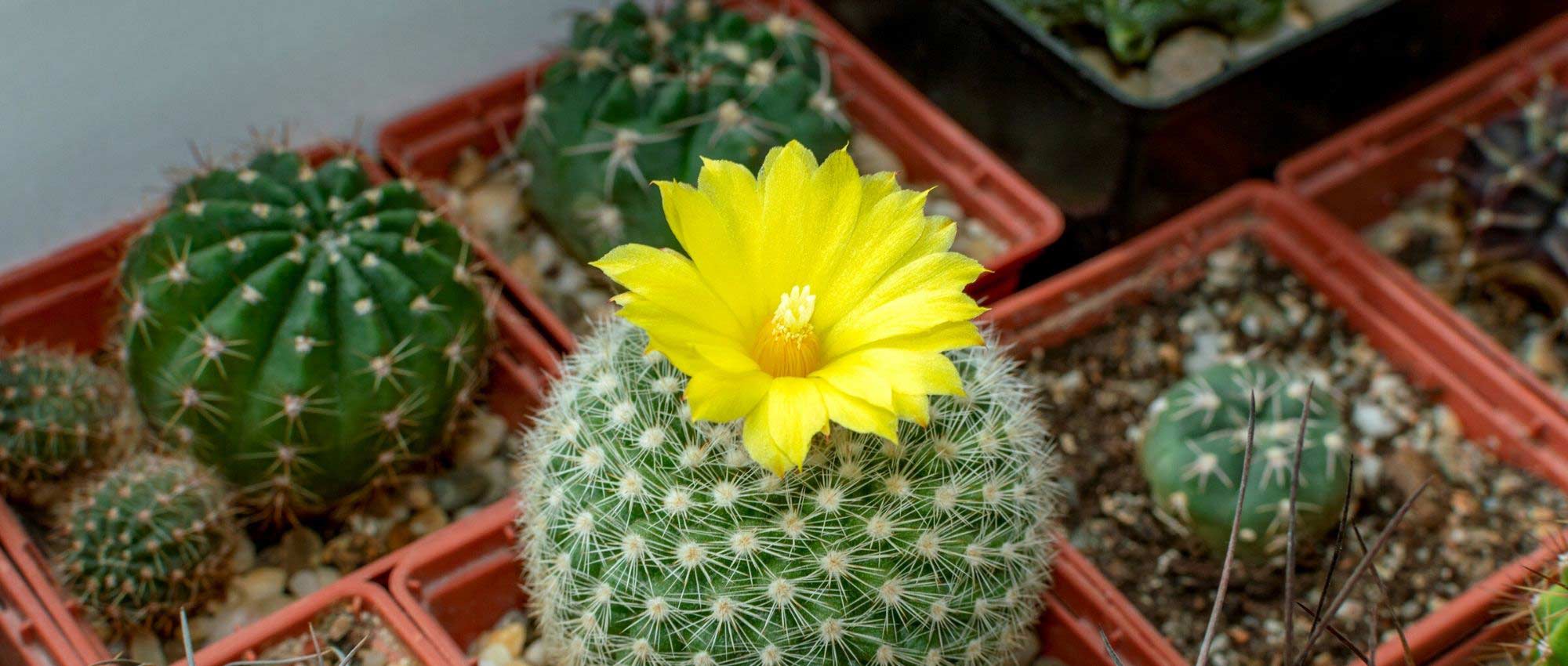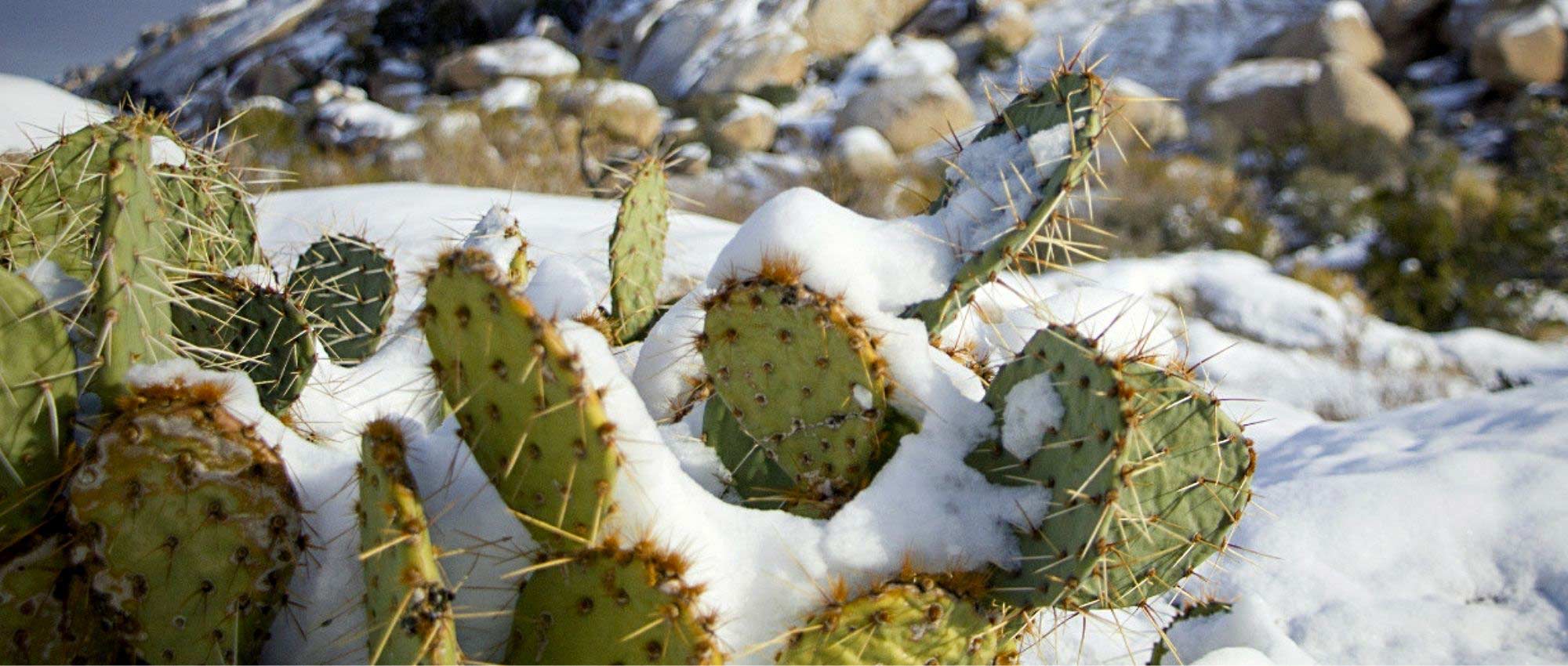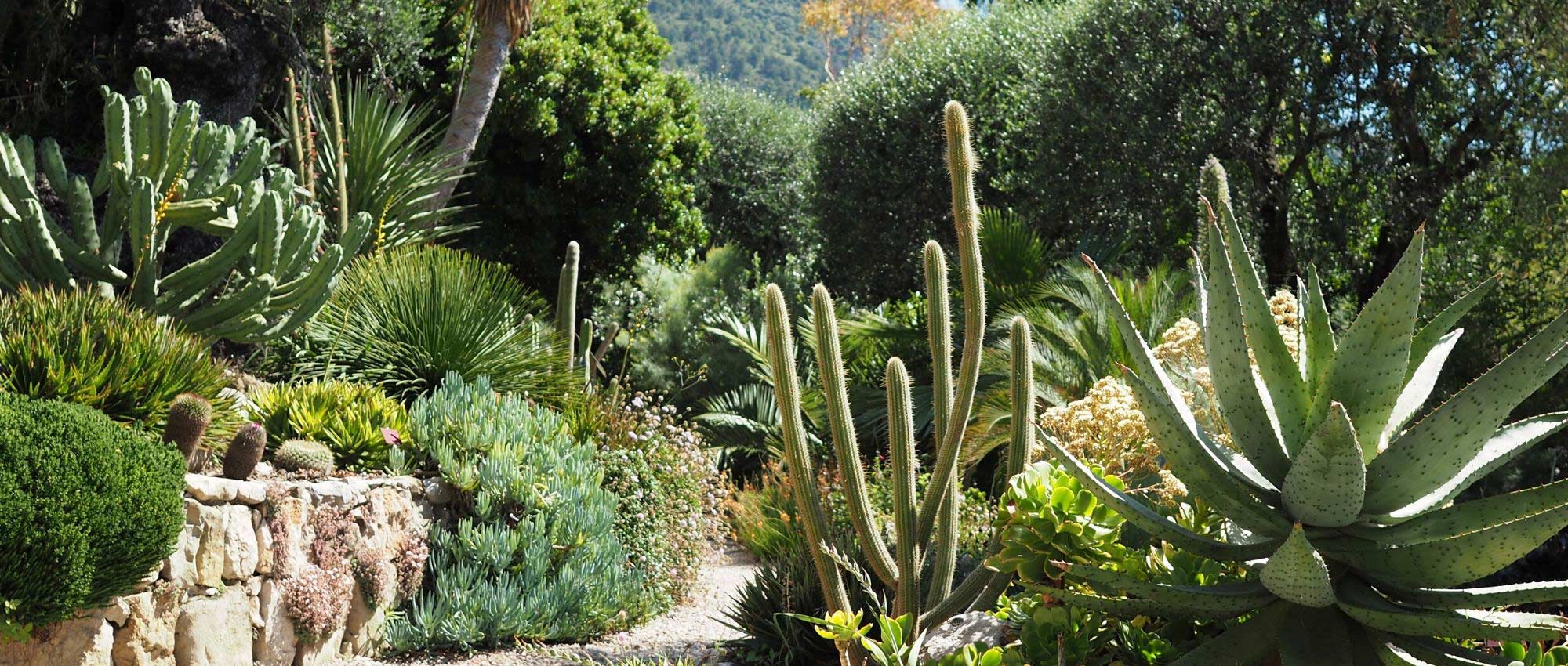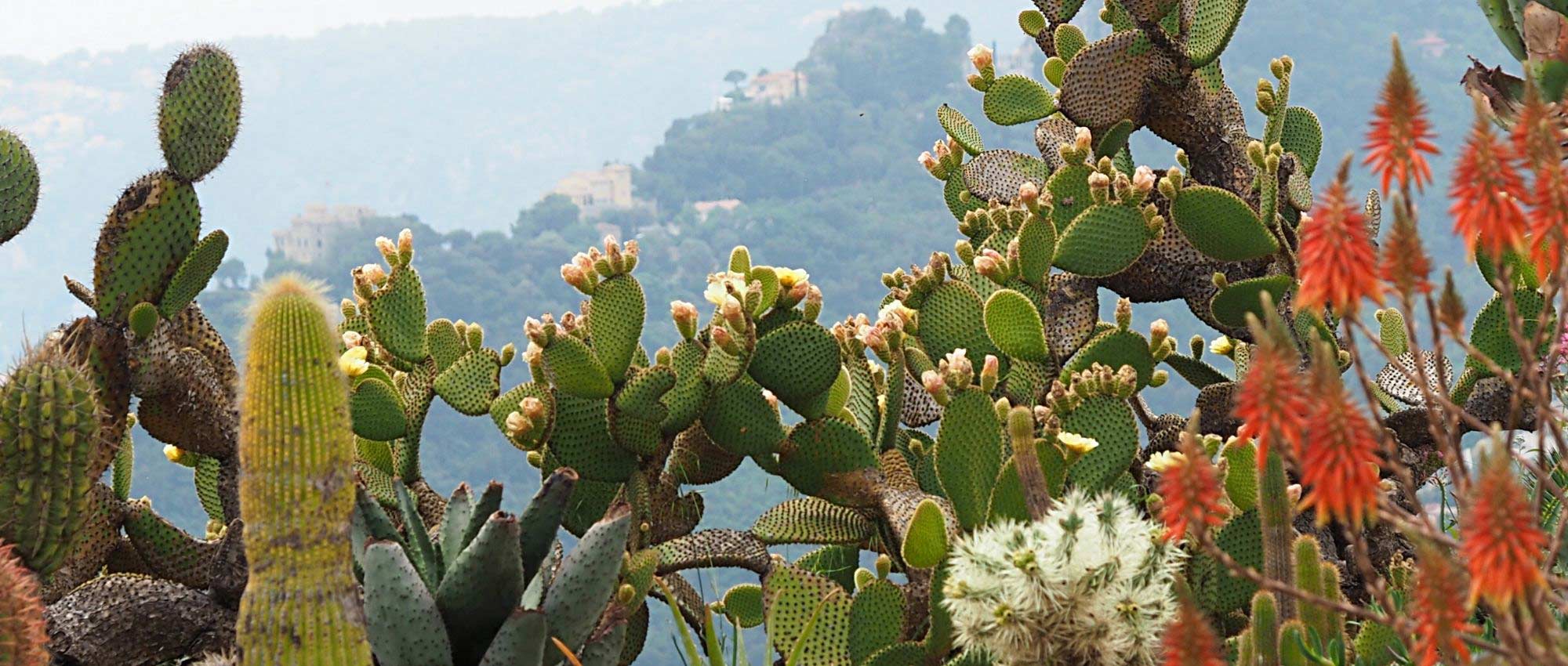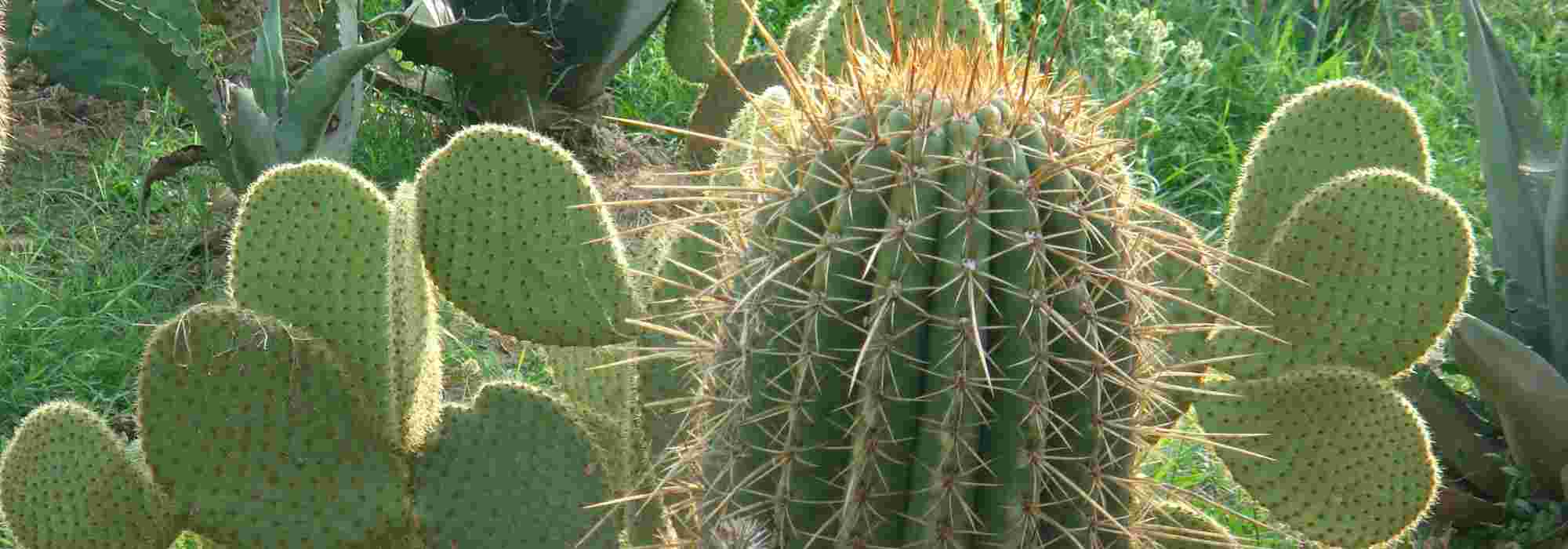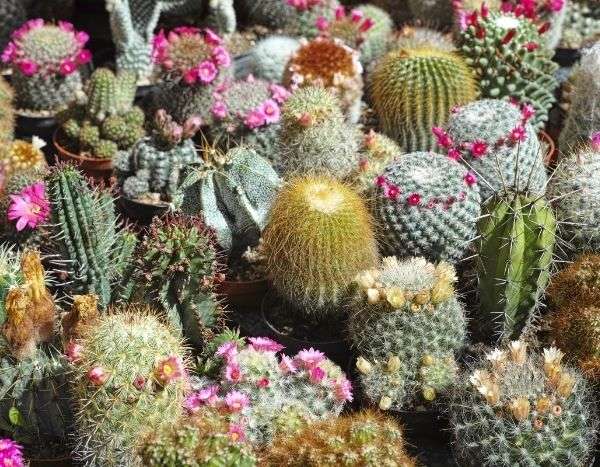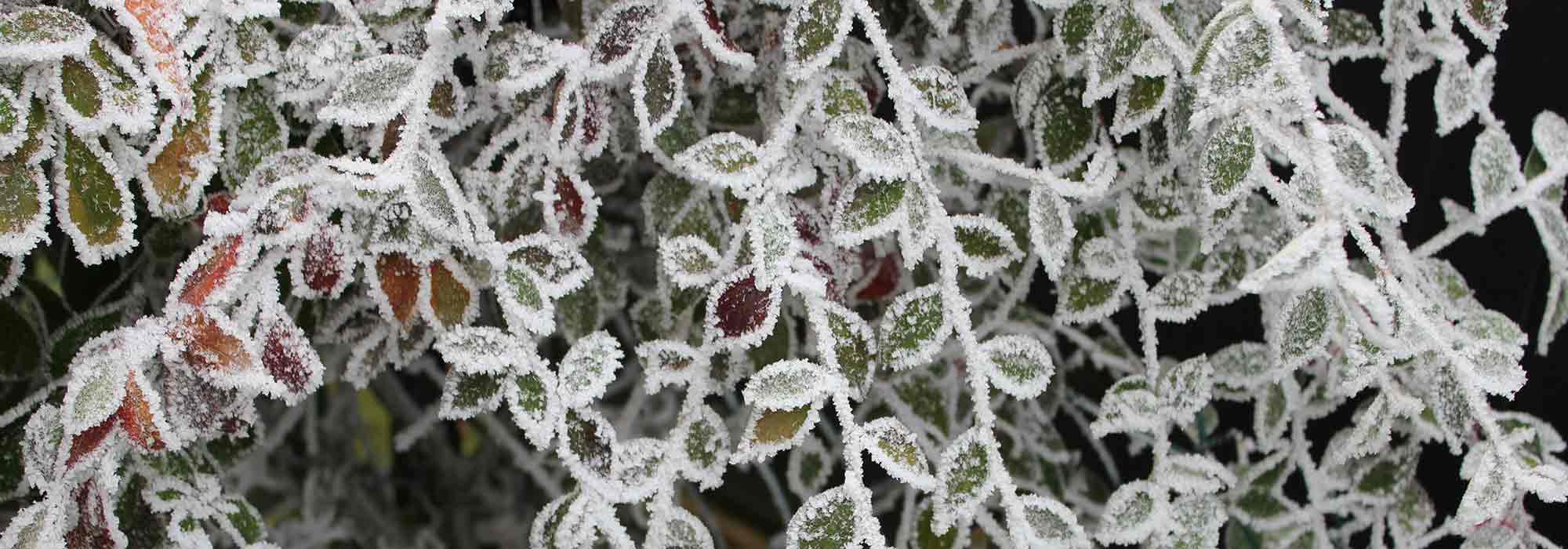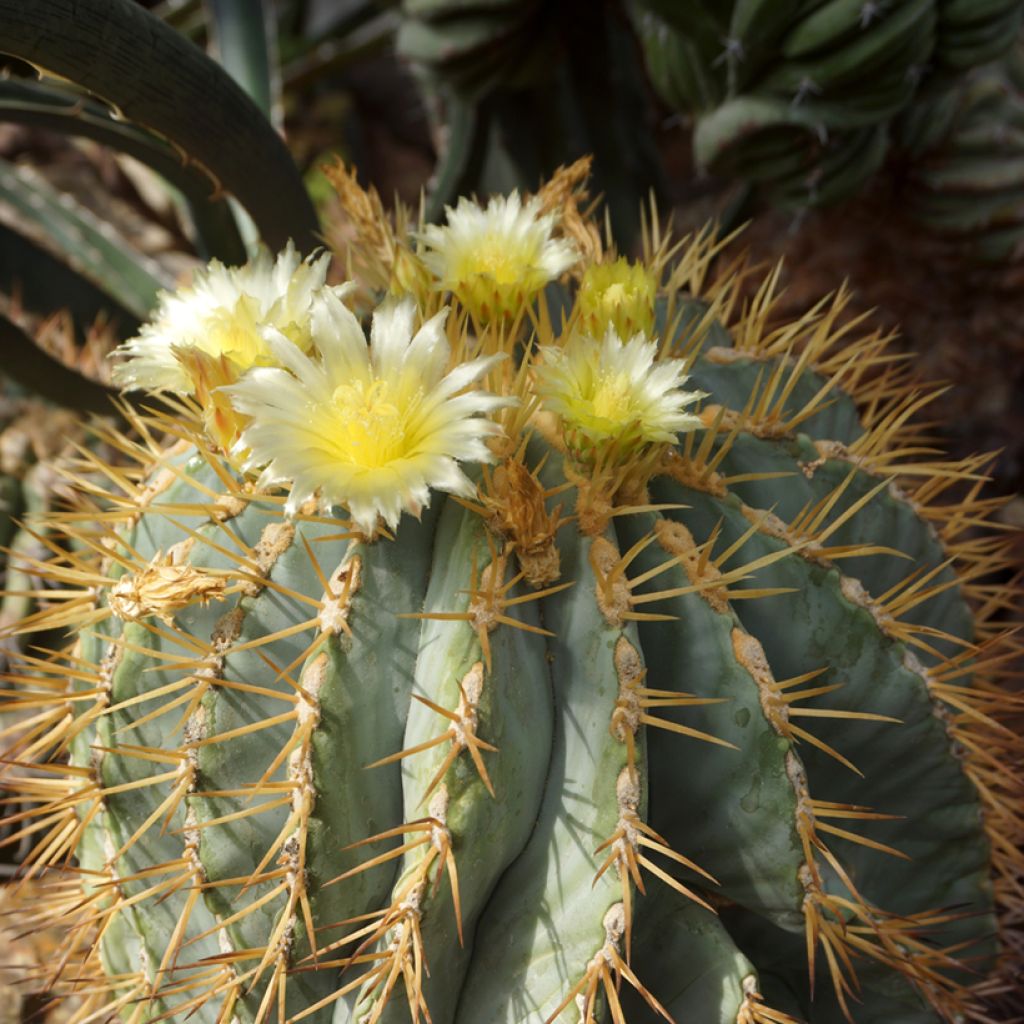

Ferocactus glaucescens - Glaucous barrel cactus
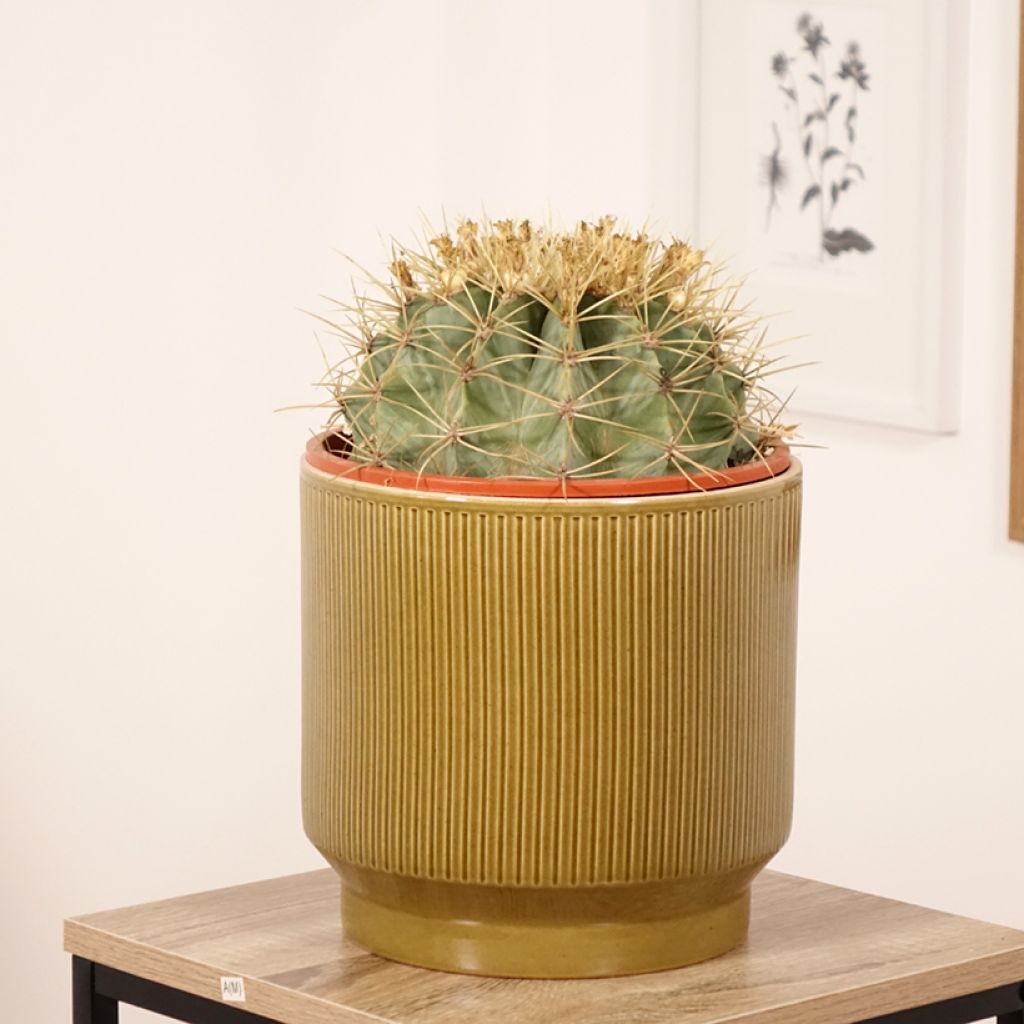

Ferocactus glaucescens - Glaucous barrel cactus
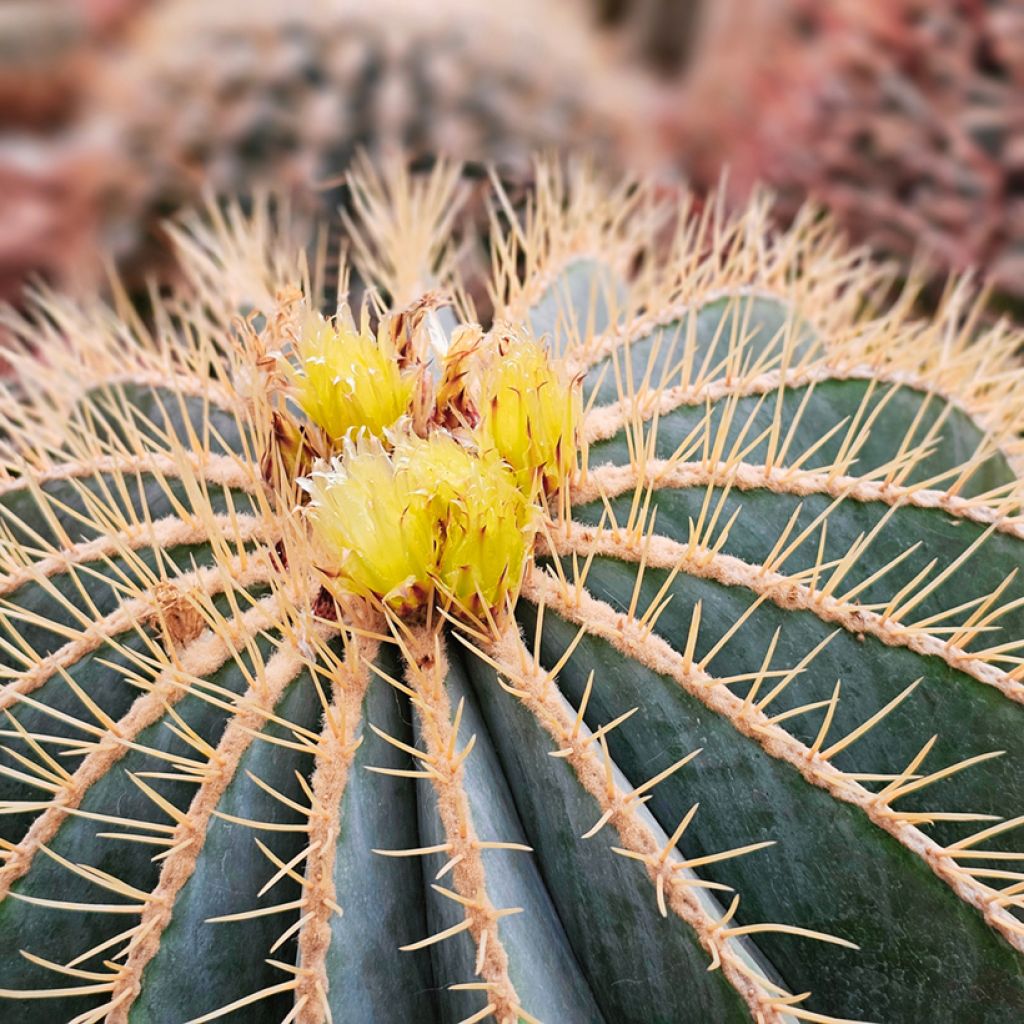

Ferocactus glaucescens - Glaucous barrel cactus
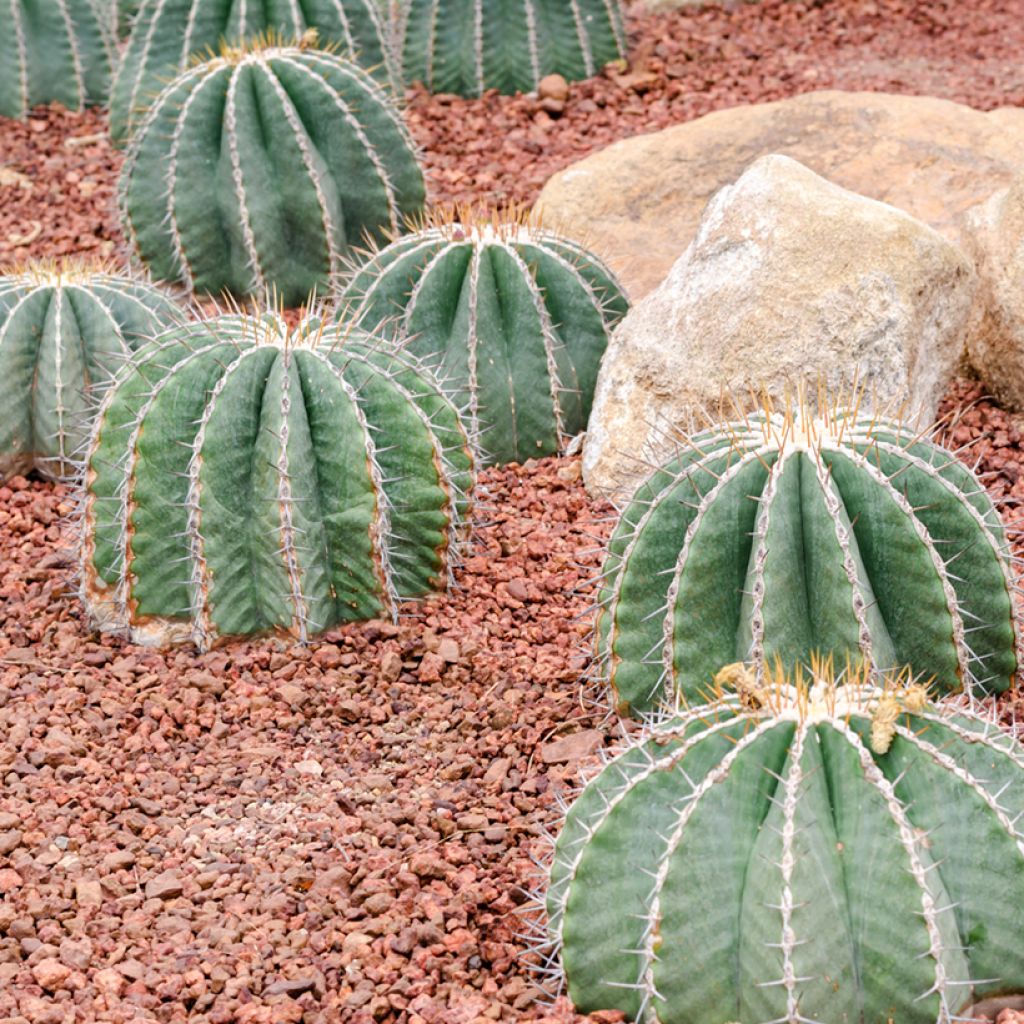

Ferocactus glaucescens - Glaucous barrel cactus
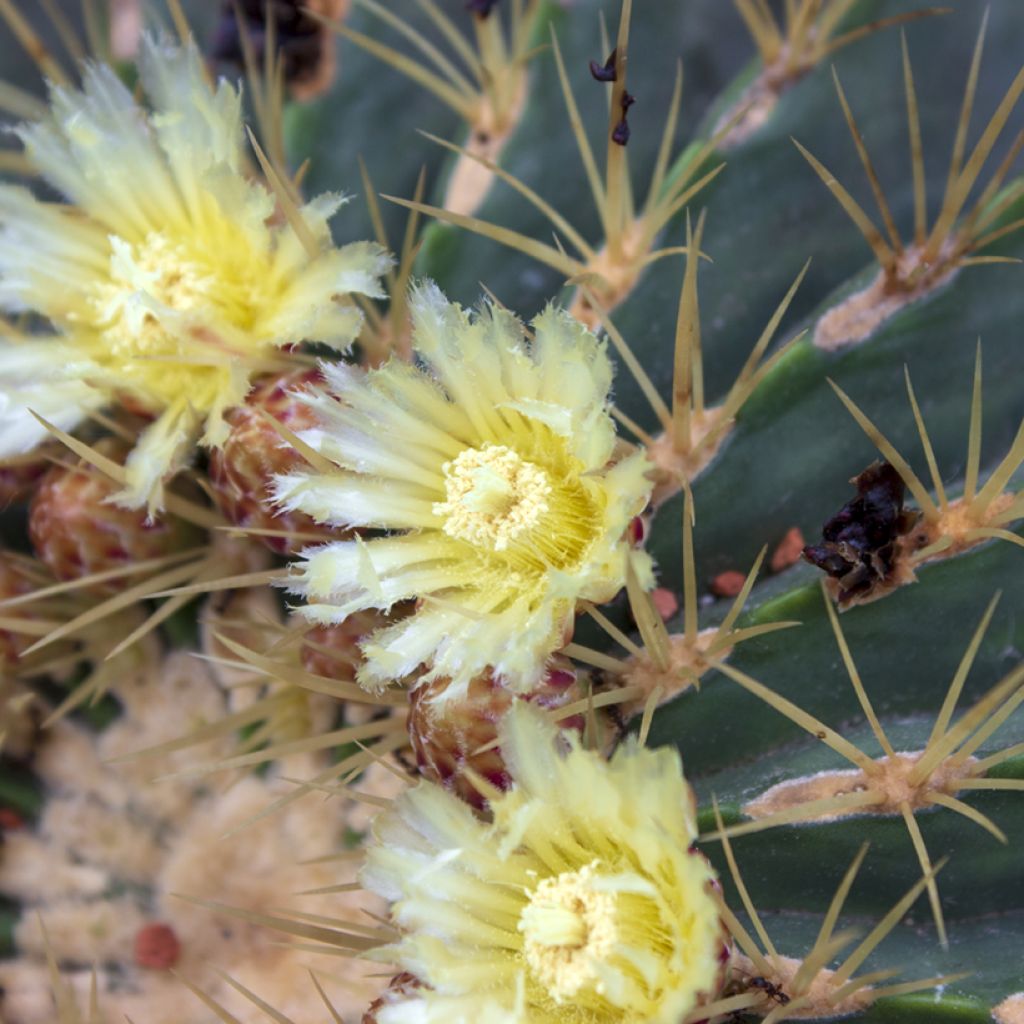

Ferocactus glaucescens - Glaucous barrel cactus
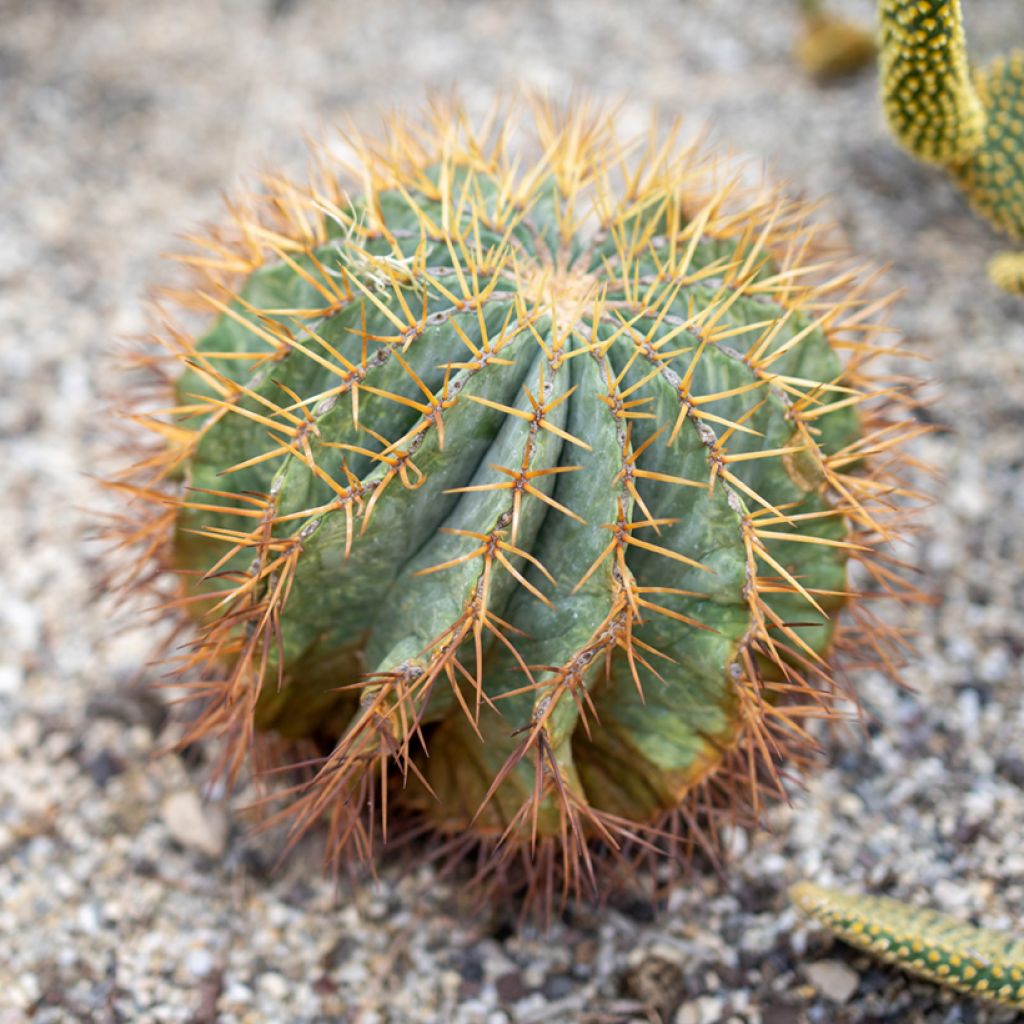

Ferocactus glaucescens - Glaucous barrel cactus
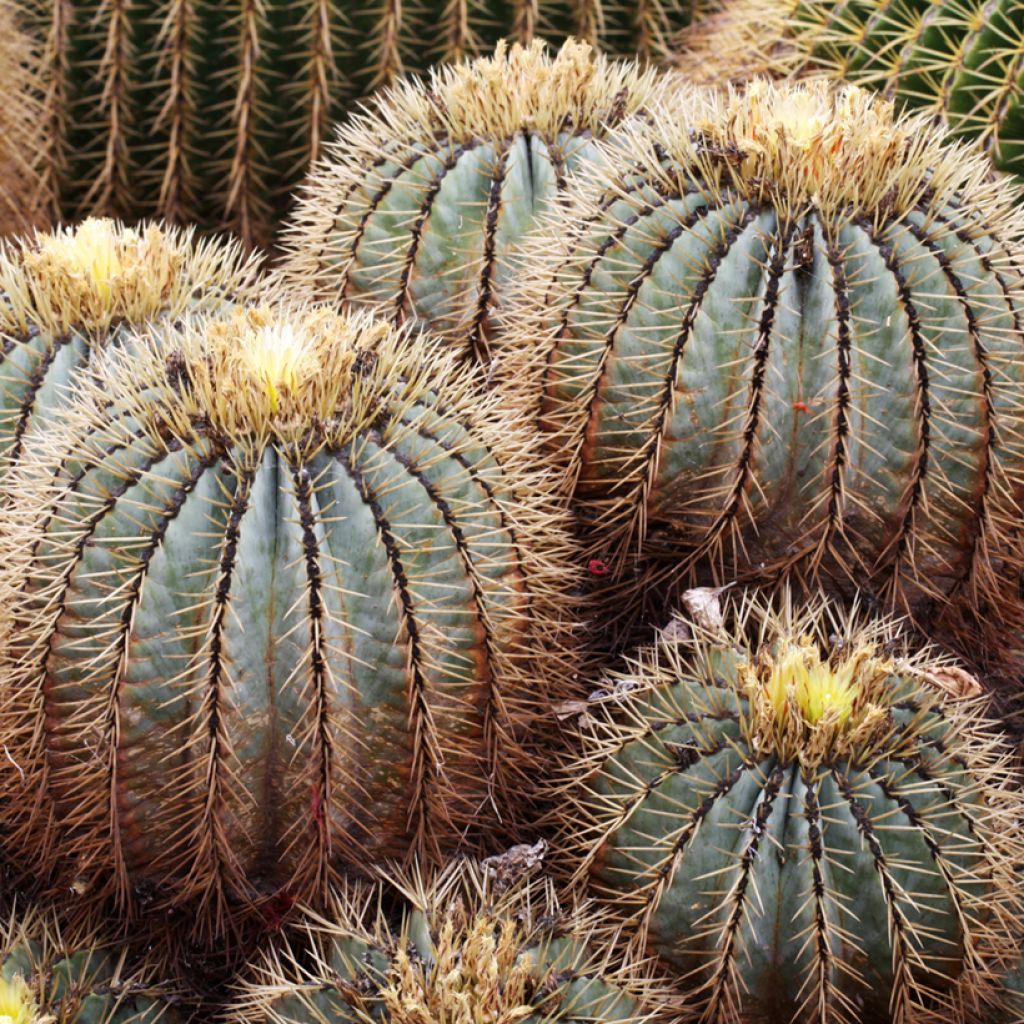

Ferocactus glaucescens - Glaucous barrel cactus
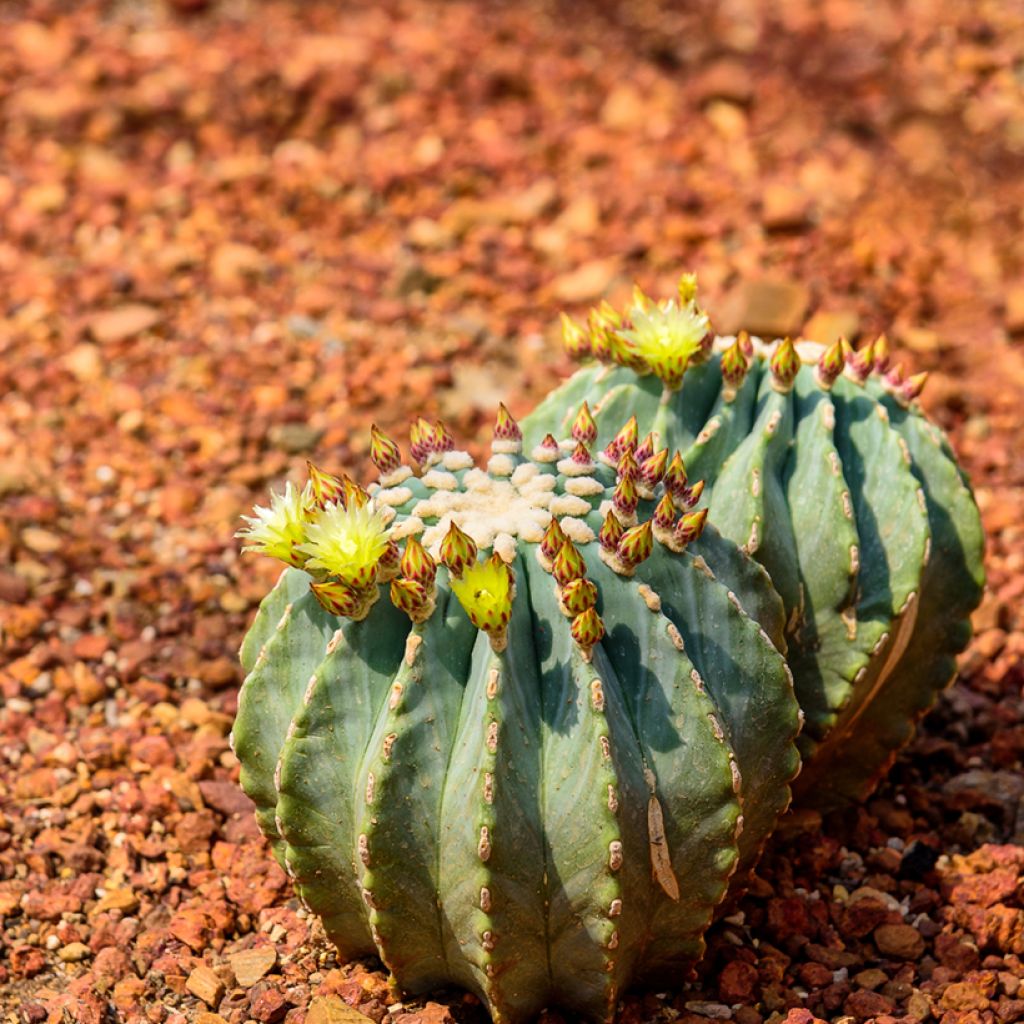

Ferocactus glaucescens - Glaucous barrel cactus
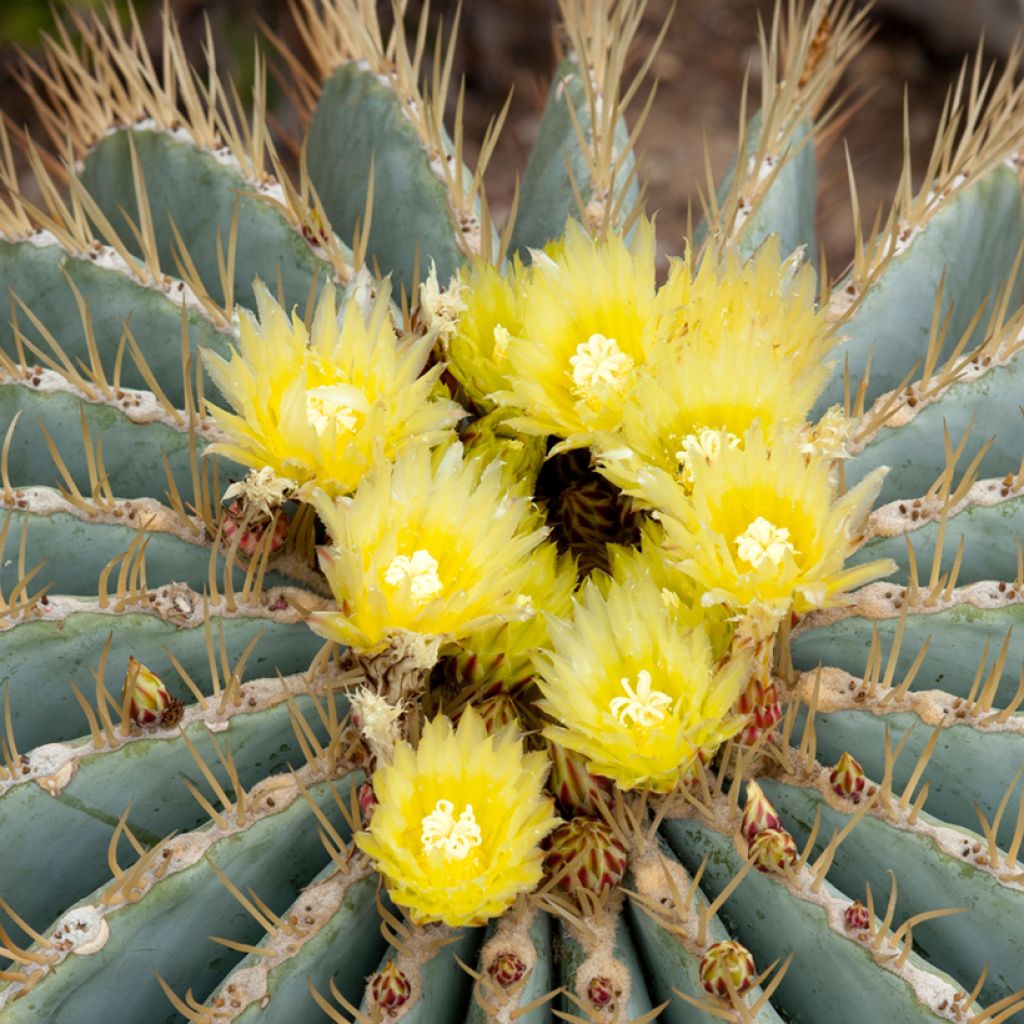

Ferocactus glaucescens - Glaucous barrel cactus
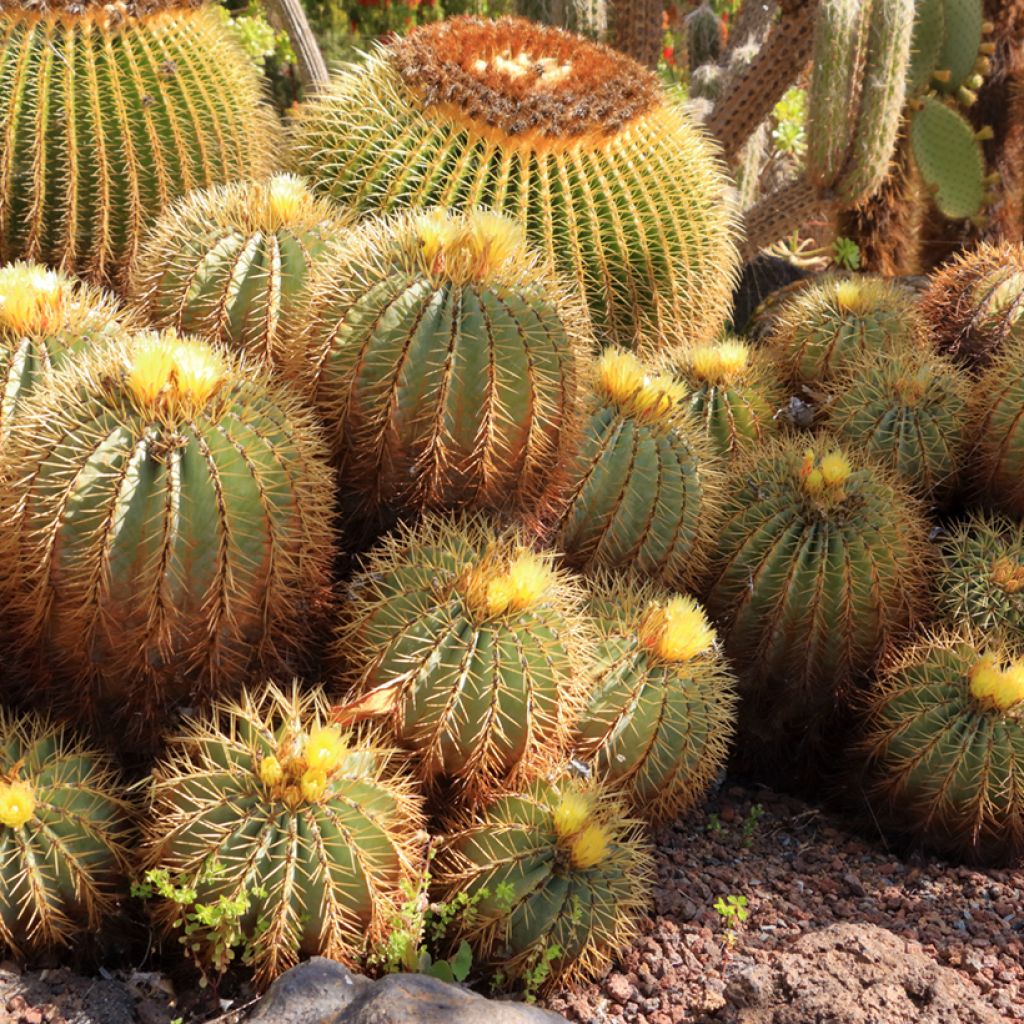

Ferocactus glaucescens - Glaucous barrel cactus
Ferocactus glaucescens - Glaucous barrel cactus
Ferocactus glaucescens
Glaucous barrel cactus
Special offer!
Receive a €20 voucher for any order over €90 (excluding delivery costs, credit notes, and plastic-free options)!
1- Add your favorite plants to your cart.
2- Once you have reached €90, confirm your order (you can even choose the delivery date!).
3- As soon as your order is shipped, you will receive an email containing your voucher code, valid for 3 months (90 days).
Your voucher is unique and can only be used once, for any order with a minimum value of €20, excluding delivery costs.
Can be combined with other current offers, non-divisible and non-refundable.
Home or relay delivery (depending on size and destination)
Schedule delivery date,
and select date in basket
This plant carries a 12 months recovery warranty
More information
We guarantee the quality of our plants for a full growing cycle, and will replace at our expense any plant that fails to recover under normal climatic and planting conditions.
Would this plant suit my garden?
Set up your Plantfit profile →
Description
Ferocactus glaucescens, or blue barrel cactus, is native to the arid regions of Mexico. It has a globular habit, a blue-green hue, and pronounced ribs adorned with sturdy yellow thorns. Suitable for growing in pots on a terrace or directly in the ground in a Mediterranean coastal garden, this cactus is drought-tolerant and can withstand light frosts (-5°C at its lowest) if kept dry. Over time, it becomes a magnificent specimen for a dry rockery, a desert-themed composition, or a collection of cacti. Provide it with very well-drained soil and full sun. Bring your potted plant indoors in autumn to protect it from cold and moisture.
Ferocactus glaucescens, belonging to the Cactaceae family, is a globular cactus native to central regions of Mexico, particularly the states of Guanajuato, Hidalgo, Querétaro, and San Luis Potosí. It thrives on limestone hills and in dry deciduous forests, at altitudes ranging from 550 to 2,300 m. This species typically has a solitary habit, though offsets may appear at the base with age. In the ground, Ferocactus glaucescens reaches a height of 50-60 cm and a diameter of up to 50 cm. In cultivation, particularly in pots, its growth is slow, and dimensions are often more modest, usually peaking around 30-35 cm in height and width. The fleshy, glaucous green stems feature 11 to 15 well-defined ribs adorned with elongated, often interconnected areoles. The yellow thorns are sturdy and measure up to 3.5 cm long. Each areole typically bears one central thorn and six to seven radial thorns, which are difficult to distinguish from one another. Flowering occurs from April to July-August, depending on the climate. The funnel-shaped, lemon-yellow flowers measure between 2.5 and 3.5 cm in diameter. These flowers appear at the top of the plant and are primarily pollinated by bees. Floral maturity is usually reached when the plant attains a diameter of 13-14 cm. In indoor cultivation, flowering is quite rare, as conditions are not always optimal. The fruits of this barrel cactus are spherical, fleshy, whitish to yellowish with reddish hues, and measure up to 2.5 cm long. They are topped with floral remnants and covered in small hairy scales. Although the fruits are edible, their consumption is uncommon.
Ferocactus glaucescens was used by certain Native American tribes. The interior of the cactus was hollowed out to create a cooking vessel, where hot stones and food were placed for cooking. Its thorns were used as needles or awls.
Plant Ferocactus glaucescens in a rockery or on a well-drained slope if your garden is located by the sea or in the Mediterranean, where frosts are brief and rare. This barrel cactus pairs easily with Delosperma and Sedum, which thrive in similar conditions. Elsewhere, plant it in a wide pot among your cacti and succulents collection.
Ferocactus glaucescens - Glaucous barrel cactus in pictures
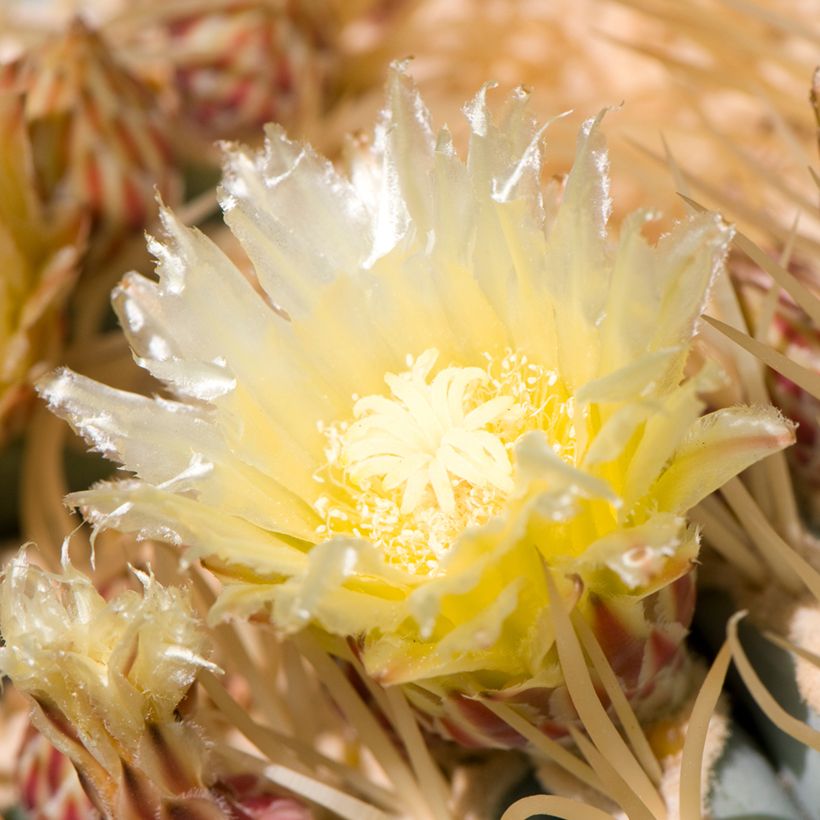

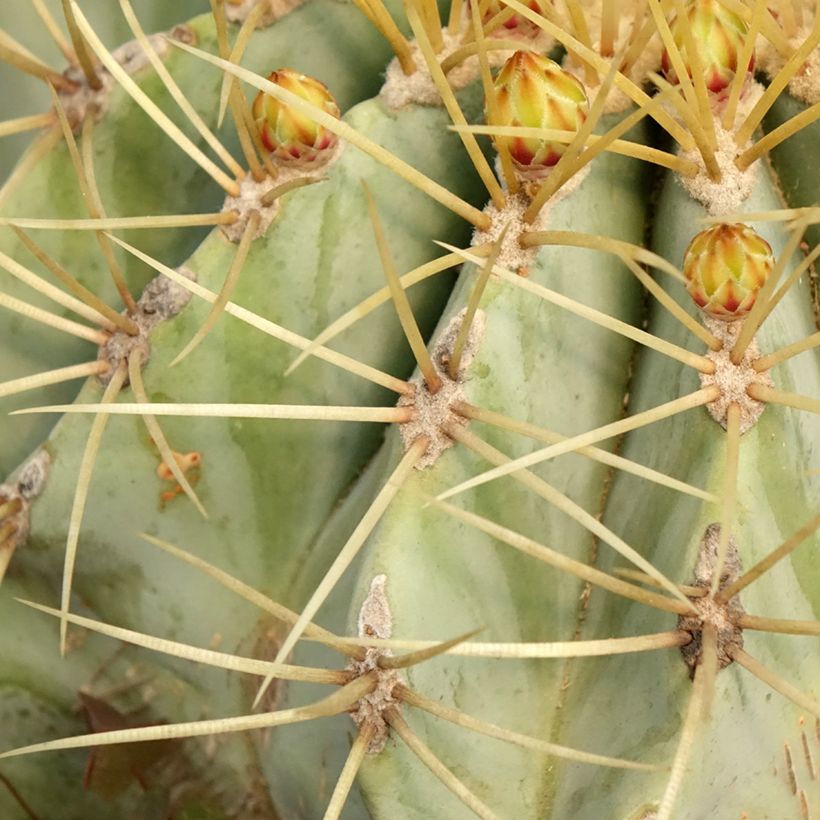



Flowering
Foliage
Plant habit
Botanical data
Ferocactus
glaucescens
Cactaceae
Glaucous barrel cactus
Echinocactus glaucescens, Echinocactus pfeifferi, Ferocactus pfeifferi, Bisnaga glaucescens
North America
Other Cacti and succulents
View all →Planting and care
Handle your Ferocactus glaucescens with gloves and protective goggles, as it possesses formidable thorns.
In regions where winter temperatures drop below -4/-5°C, it is essential to grow Ferocactus glaucescens in a pot so it can be brought indoors or into a heated greenhouse during the cold season.
Container cultivation: Use a specific cactus mix, ideally composed of light potting soil with coarse sand or perlite to improve drainage. This cactus benefits from regular watering during its active growth period in spring and summer, ensuring the substrate dries out completely between waterings. In winter, drastically reduce watering to avoid rot, especially if temperatures fall below 10°C.
Outdoor cultivation: Ensure the soil is well-drained, possibly by raising the planting area or adding drainage materials to prevent waterlogging. Ferocactus glaucescens thrives in full sun but tolerates partial shade, though ample light promotes more vigorous growth and better flowering. In winter, protect the base from excessive rain.
Planting period
Intended location
Care
Planting & care advice
This item has not been reviewed yet - be the first to leave a review about it.
Haven't found what you were looking for?
Hardiness is the lowest winter temperature a plant can endure without suffering serious damage or even dying. However, hardiness is affected by location (a sheltered area, such as a patio), protection (winter cover) and soil type (hardiness is improved by well-drained soil).

Photo Sharing Terms & Conditions
In order to encourage gardeners to interact and share their experiences, Promesse de fleurs offers various media enabling content to be uploaded onto its Site - in particular via the ‘Photo sharing’ module.
The User agrees to refrain from:
- Posting any content that is illegal, prejudicial, insulting, racist, inciteful to hatred, revisionist, contrary to public decency, that infringes on privacy or on the privacy rights of third parties, in particular the publicity rights of persons and goods, intellectual property rights, or the right to privacy.
- Submitting content on behalf of a third party;
- Impersonate the identity of a third party and/or publish any personal information about a third party;
In general, the User undertakes to refrain from any unethical behaviour.
All Content (in particular text, comments, files, images, photos, videos, creative works, etc.), which may be subject to property or intellectual property rights, image or other private rights, shall remain the property of the User, subject to the limited rights granted by the terms of the licence granted by Promesse de fleurs as stated below. Users are at liberty to publish or not to publish such Content on the Site, notably via the ‘Photo Sharing’ facility, and accept that this Content shall be made public and freely accessible, notably on the Internet.
Users further acknowledge, undertake to have ,and guarantee that they hold all necessary rights and permissions to publish such material on the Site, in particular with regard to the legislation in force pertaining to any privacy, property, intellectual property, image, or contractual rights, or rights of any other nature. By publishing such Content on the Site, Users acknowledge accepting full liability as publishers of the Content within the meaning of the law, and grant Promesse de fleurs, free of charge, an inclusive, worldwide licence for the said Content for the entire duration of its publication, including all reproduction, representation, up/downloading, displaying, performing, transmission, and storage rights.
Users also grant permission for their name to be linked to the Content and accept that this link may not always be made available.
By engaging in posting material, Users consent to their Content becoming automatically accessible on the Internet, in particular on other sites and/or blogs and/or web pages of the Promesse de fleurs site, including in particular social pages and the Promesse de fleurs catalogue.
Users may secure the removal of entrusted content free of charge by issuing a simple request via our contact form.
The flowering period indicated on our website applies to countries and regions located in USDA zone 8 (France, the United Kingdom, Ireland, the Netherlands, etc.)
It will vary according to where you live:
- In zones 9 to 10 (Italy, Spain, Greece, etc.), flowering will occur about 2 to 4 weeks earlier.
- In zones 6 to 7 (Germany, Poland, Slovenia, and lower mountainous regions), flowering will be delayed by 2 to 3 weeks.
- In zone 5 (Central Europe, Scandinavia), blooming will be delayed by 3 to 5 weeks.
In temperate climates, pruning of spring-flowering shrubs (forsythia, spireas, etc.) should be done just after flowering.
Pruning of summer-flowering shrubs (Indian Lilac, Perovskia, etc.) can be done in winter or spring.
In cold regions as well as with frost-sensitive plants, avoid pruning too early when severe frosts may still occur.
The planting period indicated on our website applies to countries and regions located in USDA zone 8 (France, United Kingdom, Ireland, Netherlands).
It will vary according to where you live:
- In Mediterranean zones (Marseille, Madrid, Milan, etc.), autumn and winter are the best planting periods.
- In continental zones (Strasbourg, Munich, Vienna, etc.), delay planting by 2 to 3 weeks in spring and bring it forward by 2 to 4 weeks in autumn.
- In mountainous regions (the Alps, Pyrenees, Carpathians, etc.), it is best to plant in late spring (May-June) or late summer (August-September).
The harvesting period indicated on our website applies to countries and regions in USDA zone 8 (France, England, Ireland, the Netherlands).
In colder areas (Scandinavia, Poland, Austria...) fruit and vegetable harvests are likely to be delayed by 3-4 weeks.
In warmer areas (Italy, Spain, Greece, etc.), harvesting will probably take place earlier, depending on weather conditions.
The sowing periods indicated on our website apply to countries and regions within USDA Zone 8 (France, UK, Ireland, Netherlands).
In colder areas (Scandinavia, Poland, Austria...), delay any outdoor sowing by 3-4 weeks, or sow under glass.
In warmer climes (Italy, Spain, Greece, etc.), bring outdoor sowing forward by a few weeks.


































